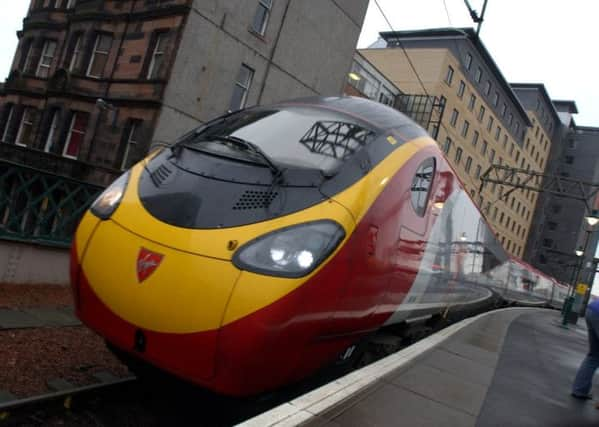Leaders: John Muir | Train rivalry


But its roots can be traced directly to the Scot John Muir, whose work has made a colossal impact on our appreciation of the environment, both here and around the world.
Muir was the founding father of conservation who provided the inspiration for the formation of our two great national parks – Loch Lomond & Trossachs, and the Cairngorms. He is arguably best known for securing protected status for the Yosemite Valley in the United States. He was the founder and first president of the Sierra Club, the conservation group which was to be the forerunner of bodies such as Friends of the Earth. By the time of his death, the US government had designated 230 million acres of land as protected national parks.
Advertisement
Hide AdAdvertisement
Hide AdIt was through his writing and teaching that we have come to a greater understanding of the importance of wildlife and habitat conservation and an appreciation that our landscapes are not for us solely for us to enjoy. They require to be shared by indigenous wildlife that has done much to sustain a precious contribution to the world in which we find ourselves. It is this critical relationship between habitat and wildlife that informed the worldwide movement for national parks and the creation of spaces where indigenous wildlife in all its forms can survive and flourish.
Now, 100 years after his death, it is wholly fitting that he is to be honoured in his home country with the staging of the first festival in his name. It is being organised by Scottish Natural Heritage, which launched the first ever John Muir Day in Scotland earlier this year to mark the 175th anniversary his birth. This is the first time that Muir’s work has been properly celebrated. However, while the festival is expected to draw tens of thousands of people to ten days of high-profile events, it merits more than a series of walks and fireworks. The occasion deserves to be marked in schools and colleges throughout the land and for books, programmes and publications which will help inform both new generations of the importance of his work and to enrich the understanding of those who have come to appreciate the fruits of his legacy and who wish to learn more.
Around the world, Scotland’s magnificent landscapes are celebrated. But to protect our environment and sustain this appeal requires constant vigilance and commitment. Here the work of the John Muir Trust deserves special acknowledgement. It has fought bravely against spoliation and intrusion, and not least against the giant pylons and landscape blighting associated with wind farms and their questionable benefits.
The value of the John Muir festival will lie less in the numbers it will undoubtedly attract, but in that greater and enduring mission to save Scotland from those self-inflicted wounds.
Train line rivalry good for customers
Recent years have seen a notable increase in business travellers opting to “let the train take the strain” in journeys between Scotland and London. So news that competition is set to intensify between Virgin Trains and the government-run East Coast line should further help the popularity of rail as a long-distance commuting option.
Virgin’s initiative is not based on faster speed – in fact, its trains will take an hour longer to reach London – but on comfort and availability. It plans to attract East Coast travellers with new services between Edinburgh and London via the west coast line and Birmingham. The number of daily trains is being increased from one to six in each direction. And it is pitching its appeal particularly to first-class business passengers with claims of superior service.
With the growing universality of mobile connectivity and wi-fi, there is much work that can now be done on a train, and Virgin is clearly hoping that its comfortable environment will make up for the longer journey time. The onset of direct competition on the line is reckoned to be the first for more than a century and could spur greater effort by the operators of the East Coast main line service to retain customer loyalty and minimise loss of passengers.
Intense competition at the end of the 19th century between east and west coast firms led to “The Race to the North”, and in the 1920s to the era of the prestigious Flying Scotsman locomotive. Competition should work to the benefit of passengers – even more so if it leads to keener pricing and loyalty discounts or, at the very least, a brake on further fare increases. Virgin has already said that some of its fares will be cheaper. If this proves the case, it could be “All aboard!” at Waverley.